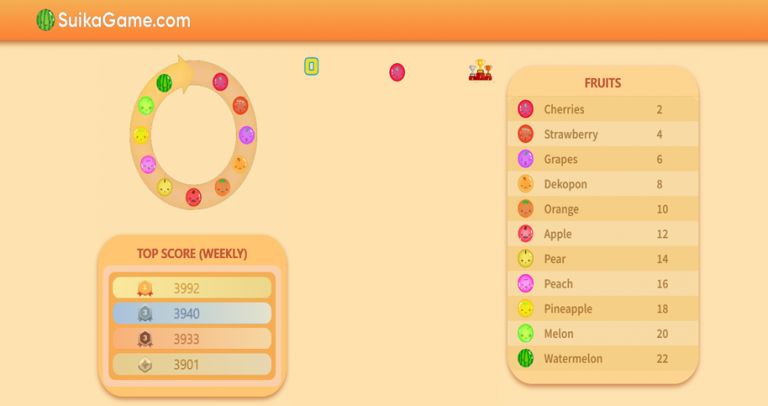In the rapidly advancing digital era of today, the traditional methods of teaching math are evolving. Enter the world of innovative app design, a game-changer in the landscape of education. These apps are reshaping the entire learning experience.
These apps offer interactive, personalized learning journeys. They represent the collaborative unity between educational needs and technological innovation, where each element enhances the other. This blend is particularly crucial in math tutoring, a field where engagement and understanding are paramount.
Whether you’re an educator, a parent, or simply a tech enthusiast, something is fascinating about this intersection of technology and education.
The Evolution of Math Tutoring
Historically, math tutoring began as a one-on-one interaction between a tutor and a student, often limited to the wealthy elite. As education became more widespread, so did the availability of tutoring.
The 20th century saw a significant shift with the introduction of technology in education. This began with simple tools like calculators and educational television programs, gradually progressing to more sophisticated computer-based learning.
In recent years, the advent of the internet and mobile technology has revolutionized math tutoring. Online platforms and apps have made quality math education accessible to all, enabling learners from all backgrounds to benefit from personalized tutoring.
The Impact of App Design on Learning
User-friendly app interface plays a critical role in engaging students. These apps are designed with the learner’s experience in mind, ensuring that navigation is intuitive, content is accessible, and interaction is stimulating.
For instance, apps that use vibrant colors, engaging animations, and interactive elements can transform a daunting math problem into an enjoyable challenge. These apps allow students to focus more on learning and less on figuring out how to use the tool. It’s the seamless blend of educational content and engaging design that makes these apps so effective.
Examples of successful math tutoring apps include:
- Khan Academy: Offers comprehensive lessons on a wide range of math topics.
- Photomath: Utilizes the camera for solving math problems and providing step-by-step guidance.
- Prodigy: Combines math learning with game-like elements to engage younger students.
- Wolfram Alpha: Known for its advanced problem-solving capabilities.
Personalization through Apps
These math-learning apps cater to individual learning styles, allowing for a more tailored educational experience. This is especially beneficial in math, where each student might grasp concepts at a different pace or prefer different learning methods.
For instance, in places like math tutoring in San Jose, students can use apps that adjust the difficulty level of problems based on their performance. This adaptive learning ensures that no student feels overwhelmed or under-challenged.
These apps also often provide instant feedback, a crucial component for effective learning. This immediate response allows students to understand their mistakes and correct them in real time, fostering a deeper understanding of math concepts.
Accessibility and Convenience
Math tutoring apps have effectively broken down geographical and financial barriers, making high-quality math education available to anyone with a smartphone or internet connection. This process of making learning resources accessible to everyone is a game-changer, especially for students who previously had limited access to quality tutoring.
The convenience factor is equally noteworthy. Students can now engage in math learning anytime and anywhere, fitting their studies around other commitments.
This flexibility is appealing to the modern learner, who often juggles multiple responsibilities. These apps ensure that math tutoring is just a few taps away, making learning both efficient and adaptable to individual lifestyles.
Interactive Learning Tools
Interactive learning tools in educational apps have revolutionized the way students engage with math. These tools, often developed by a skilled web design and development agency, incorporate elements of gamification to make learning both fun and effective. Gamification involves using game-like features such as points, levels, and rewards to motivate and engage learners.
Some common interactive tools include:
- Interactive quizzes and puzzles: These challenge students and allow them to apply concepts in a playful environment.
- Progress tracking: Enables students to see their growth and areas needing improvement, fostering a sense of achievement.
This approach helps maintain student interest and motivation, turning what could be a tedious task into an exciting learning adventure.
Collaboration and Community
These platforms often include features that allow students to collaborate with peers and educators, breaking the isolation often associated with traditional study methods. This collaborative environment fosters a sense of community, encouraging students to share insights, solve problems together, and learn from each other.
By participating in these online learning communities, students also develop important social skills. The ability to communicate effectively, work in teams, and seek help when needed are valuable life skills, further enriching the learning experience.
The Future of Math Education
The integration of innovative app design in math tutoring has opened new horizons in education. These apps have not only made learning more accessible and personalized but also transformed it into an engaging and interactive experience.
The journey of learning math has become a dynamic, collaborative, and enjoyable experience. As educators, parents, and tech enthusiasts, it’s exciting to witness and be a part of this transformative era in education.
The future of math tutoring looks brighter than ever, promising enhanced learning experiences for students around the globe.








